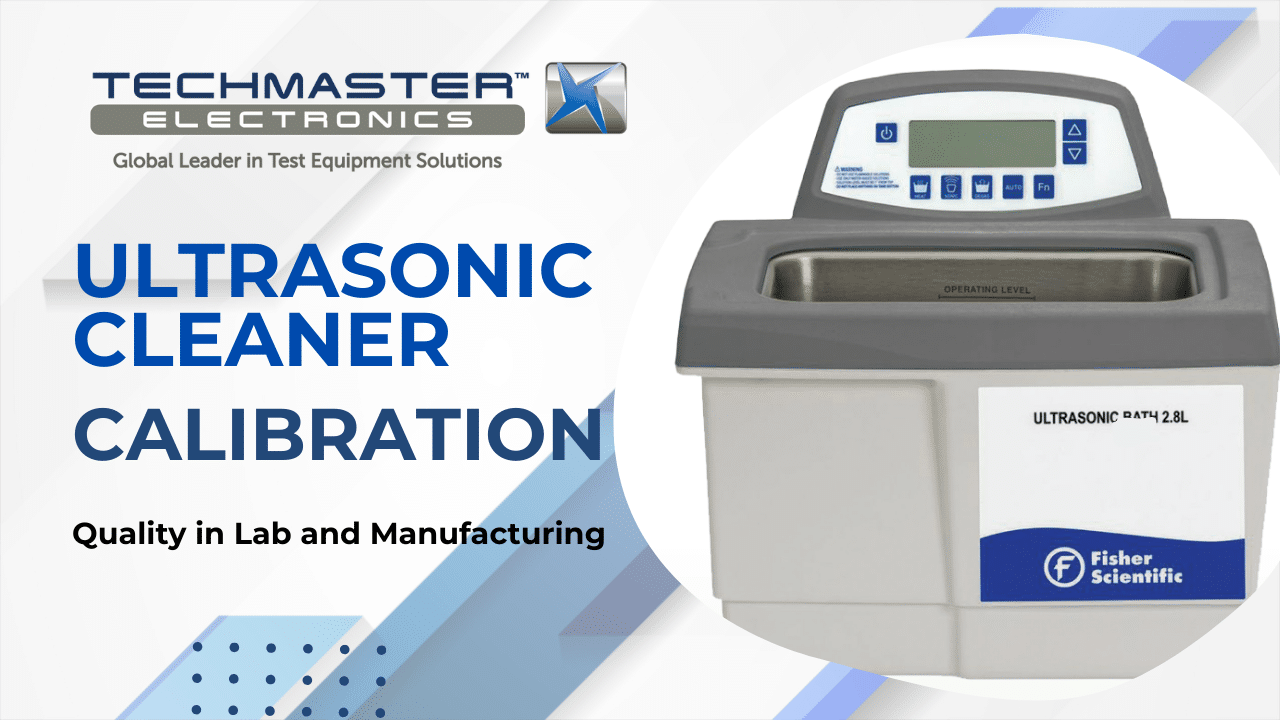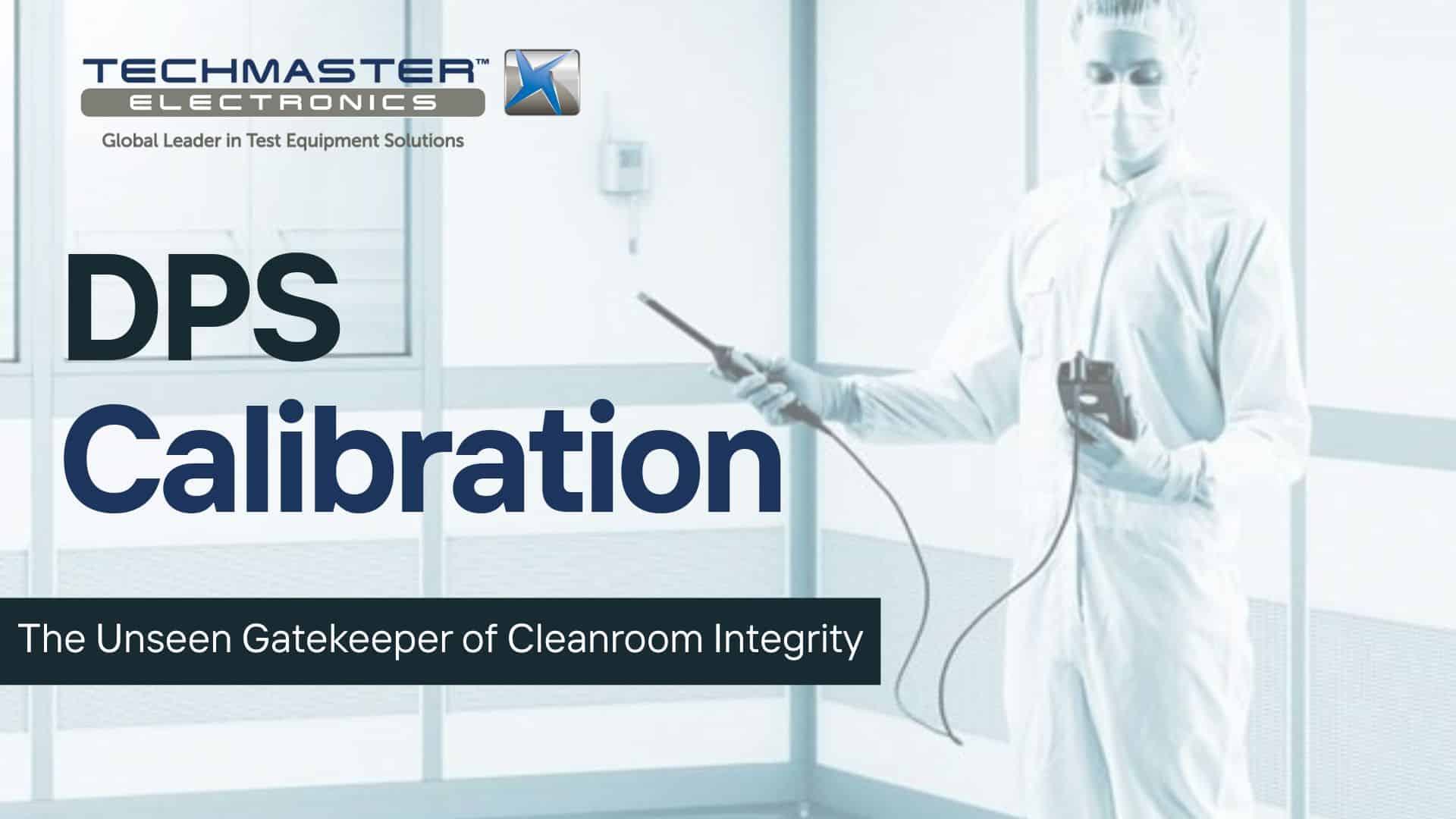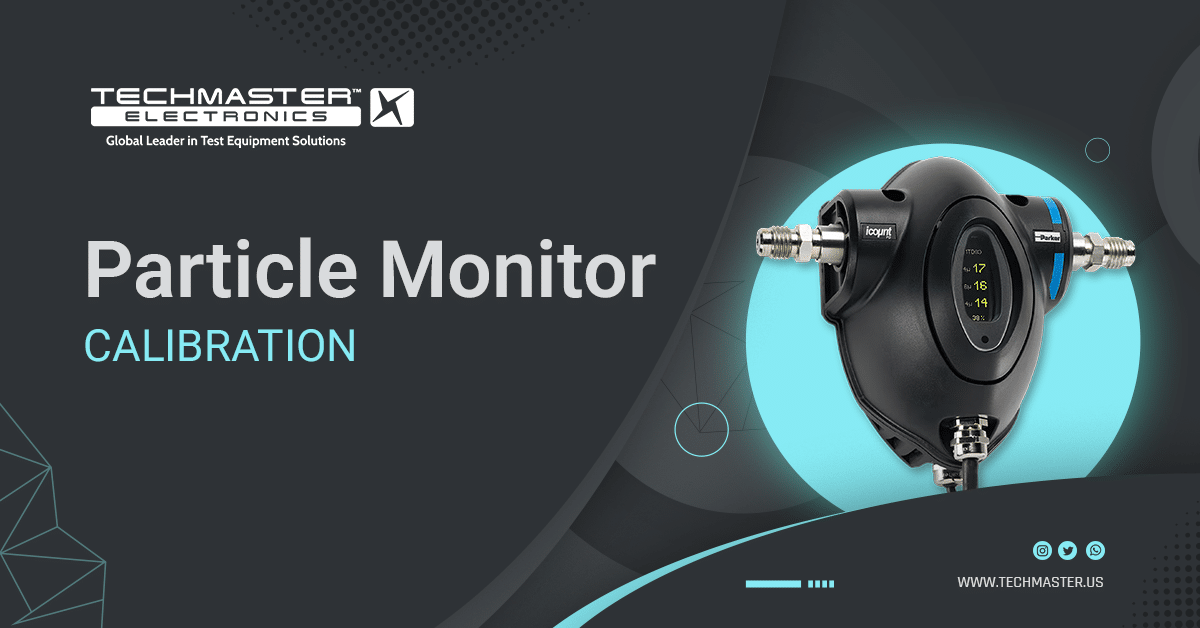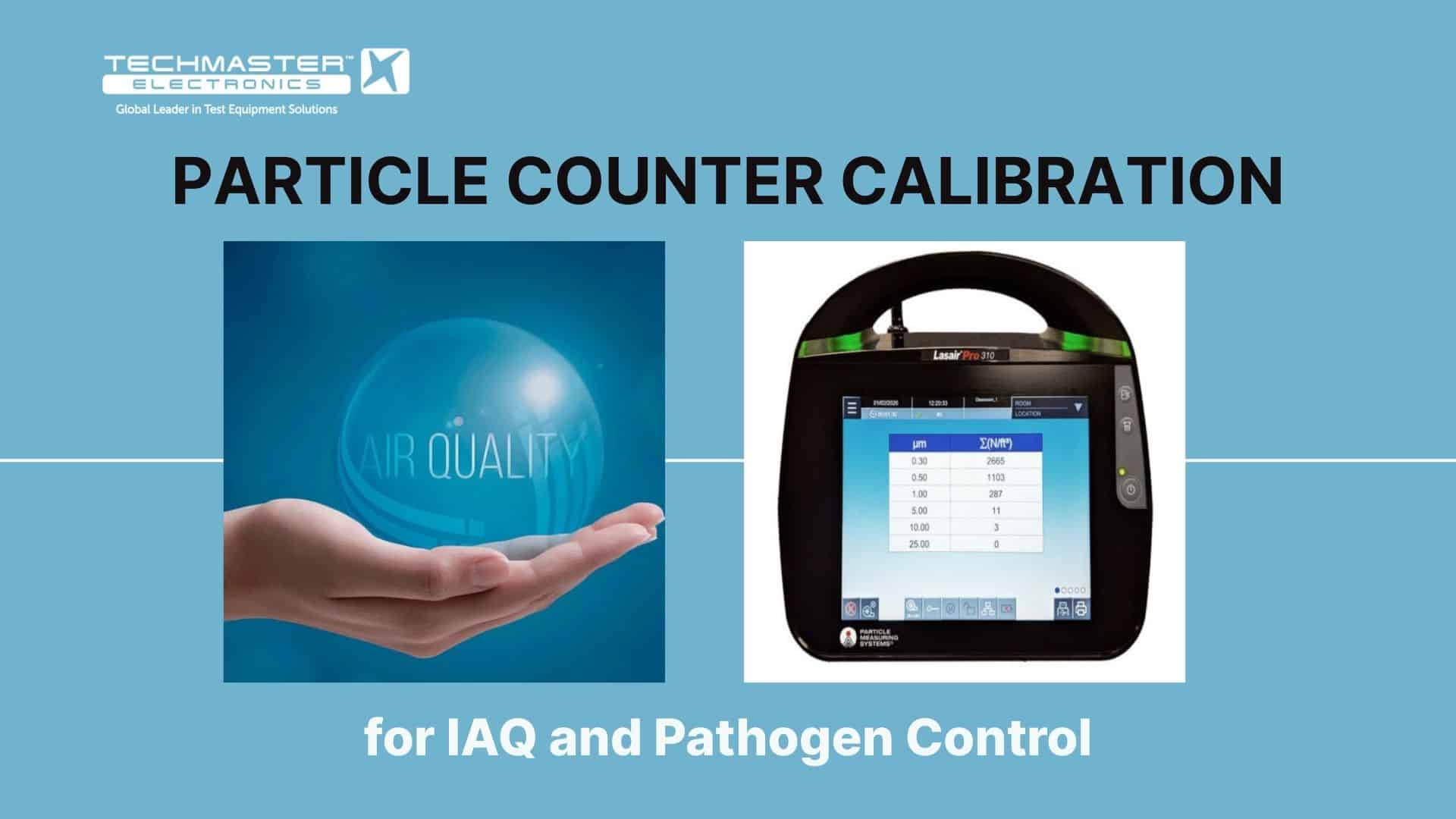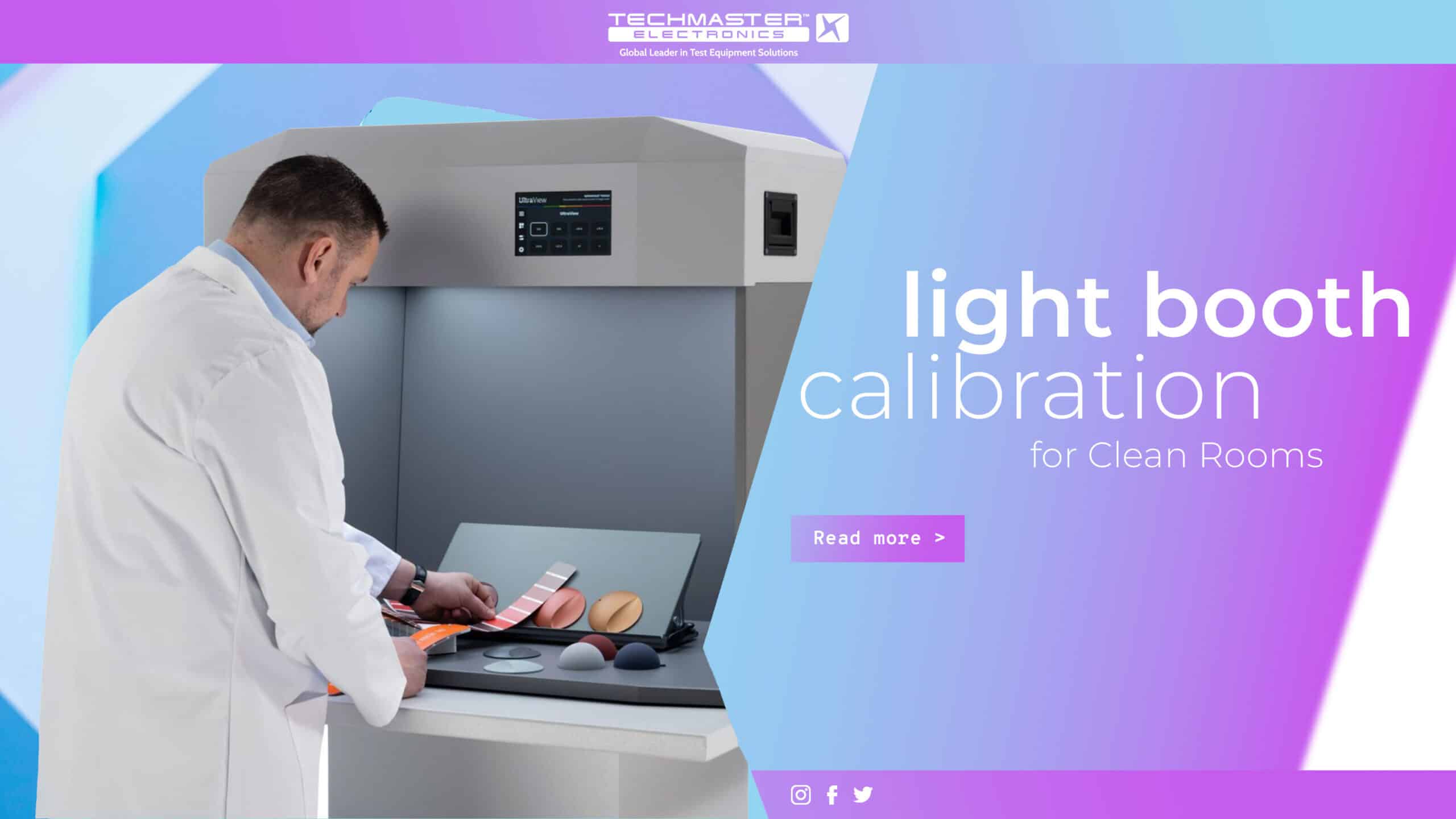Clean Rooms Calibration: Mastering Airflow Measurement for ISO Standards Compliance
In industries demanding tightly controlled environments, such as pharmaceuticals, biotechnology, electronics, medical device manufacturing, and healthcare, clean rooms play a vital role. A clean room is only truly “clean” when its environmental parameters, especially airflow and air velocity, are precisely controlled, measured, and calibrated. Clean Rooms Calibration for airflow is not just a technical requirement; it forms the core foundation for ensuring ISO 14644 standards and maintaining product integrity.
![]()
The Importance of Airflow in Clean Rooms
Airflow and air velocity are decisive factors in controlling particulate and microbiological contamination within a clean room. A clean room’s HVAC (Heating, Ventilation, and Air Conditioning) system designs to:
- Control Particle Count: It continuously filters and exchanges air, effectively removing dust particles and microorganisms. By continuously filtering and exchanging air, cleanrooms remove dust particles and microorganisms. This process heavily relies on accurately calibrated particle counters to assess the actual air cleanliness level.

- Maintain Pressure Differential: The system creates a pressure difference between cleaner and less clean areas. This action prevents the ingress of contamination from external environments.
- Control Airflow Direction: Especially in unidirectional flow clean rooms, clean air moves from ceiling to floor. This helps effectively sweep away particles.
If airflow is incorrect, whether too high or too low, or if the airflow is not uniform, contamination control capabilities will severely decline. This directly impacts product quality. It can lead to contamination and cause significant economic losses. Therefore, measuring and performing Clean Rooms Calibration for air parameters becomes indispensable.
Key Air Parameters Requiring Measurement and Calibration
To ensure the effectiveness of the air control system, professionals must regularly measure and calibrate the following parameters:
-
Air Velocity (FPM / m/s):
- This parameter is particularly important in areas with unidirectional airflow, such as Laminar Flow Hoods or ISO Class 5 clean rooms.
- Air velocity must remain within specified ranges. This ensures effective particle removal without inducing turbulence.
-
Air Volume / Flow Rate (CFM / CMH):
- This measures the total volume of air passing through HEPA/ULPA filters or a specific area.
- Professionals use this parameter to calculate Air Changes Per Hour (ACH).
-
Air Changes Per Hour (ACH):
- ACH represents the number of times the entire volume of air within a clean room is replaced in one hour.
- Each ISO clean room classification has minimum ACH requirements. This ensures the desired cleanliness level. For instance, an ISO Class 7 clean room typically requires an ACH of 60 or more.
-
Pressure Differential (Pa):
- While not directly an airflow parameter, the pressure differential between adjacent areas directly results from airflow control and leakage.
- Maintaining positive pressure in the clean room, relative to less clean environments, is crucial. This prevents contamination ingress.
Performing Clean Rooms Calibration for instruments measuring these parameters represents the first step toward obtaining reliable data.
Methods and Equipment for Airflow Measurement in Clean Rooms
Measuring airflow in clean rooms requires specialized equipment and precise methods:
1. Air Velocity Measurement
- Equipment:
- Anemometer: Vane anemometers or hot-wire anemometers are the most common types.
- Isokinetic Probe: Technicians use this to measure velocity in ducts or at exhaust outlets.
- Method: Measure velocity at multiple points within an area or on the filter surface. Average the measured values to obtain the average velocity and check for uniformity.
2. Air Volume / Flow Rate Measurement
- Equipment:
- Balometer (Flow Hood): This box-shaped device sits over air grilles or filters. It captures the entire airflow and directly displays the flow rate. This method is common and reliable for measuring exhaust outlet flow.
- Anemometer with Calculation: Measure velocity and multiply by the cross-sectional area of the airflow to calculate the flow rate.
- Method: Place the balometer directly onto grilles or filter areas. For ducts, one can use a multi-point traverse method with an anemometer.
3. Pressure Differential Measurement
- Equipment: Digital Differential Pressure Manometer: This instrument is highly sensitive and accurate. It typically features dual probes to measure pressure at two different locations.
- Method: Connect the two probes of the manometer to two distinct areas and record the pressure difference.
Calibration Procedures for Airflow Measuring Equipment (Clean Rooms Calibration)
To ensure the reliability of measurements, all equipment used for airflow and differential pressure measurements in clean rooms must undergo regular calibration:
- Anemometers and Balometers: These devices are commonly calibrated in strictly controlled wind tunnels. These tunnels use traceable airflow standards.
- Differential Pressure Manometers: Professionals calibrate these by comparing them to a higher-accuracy reference pressure standard. This often includes piston gauges or digital reference pressure gauges.
Clean Rooms Calibration for this equipment must occur at accredited calibration laboratories. These laboratories must demonstrate traceability to national and international measurement standards.
Ensuring Compliance with ISO 14644 and GMP
Airflow measurement and calibration are integral to the qualification and re-qualification process for clean rooms under ISO 14644. This standard classifies clean rooms based on airborne particle concentration. Airflow and ACH directly influence the ability to achieve and maintain these cleanliness levels.
Furthermore, in the pharmaceutical and medical device industries, Good Manufacturing Practices (GMP) standards also mandate strict monitoring and control of clean room environmental parameters, including airflow. Having complete and accurate Clean Rooms Calibration records serves as crucial evidence of compliance with these regulations during inspections.
Airflow measurement and calibration are essential parts of the cleanroom inspection and re-certification process according to ISO 14644. This standard defines cleanroom classifications based on airborne particle concentration. Airflow and ACH (Air Changes per Hour) directly affect the ability to achieve and maintain these cleanliness levels. To ensure absolute accuracy in particle concentration data, regular particle counter calibration is critically important.
Challenges and Optimal Solutions
Challenges in airflow calibration include:
- Uniformity: Ensuring consistent airflow across the entire measurement area.
- Turbulence: Activities within the room or equipment placement can create disturbances.
- Sensor Placement: Correctly positioning sensors to obtain representative results.
To address these, one needs:
- Qualified Personnel: Technicians must be well-trained and experienced in performing measurements according to standard procedures.
- Modern Equipment: Use highly accurate measuring and calibration equipment, regularly calibrated.
- Standardized Procedures: Adhere to validated procedures and industry standards.
Conclusion
Clean Rooms Calibration for airflow is a pivotal factor for success and safety in controlled environments. Meticulous measurement, calibration, and control of air velocity, flow rate, and differential pressure not only help clean rooms meet and maintain ISO 14644 standards but also ensure product quality, optimize production processes, and comply with strict legal requirements. Investing in systematic airflow calibration is an investment in the precision, safety, and long-term reputation of your business.



